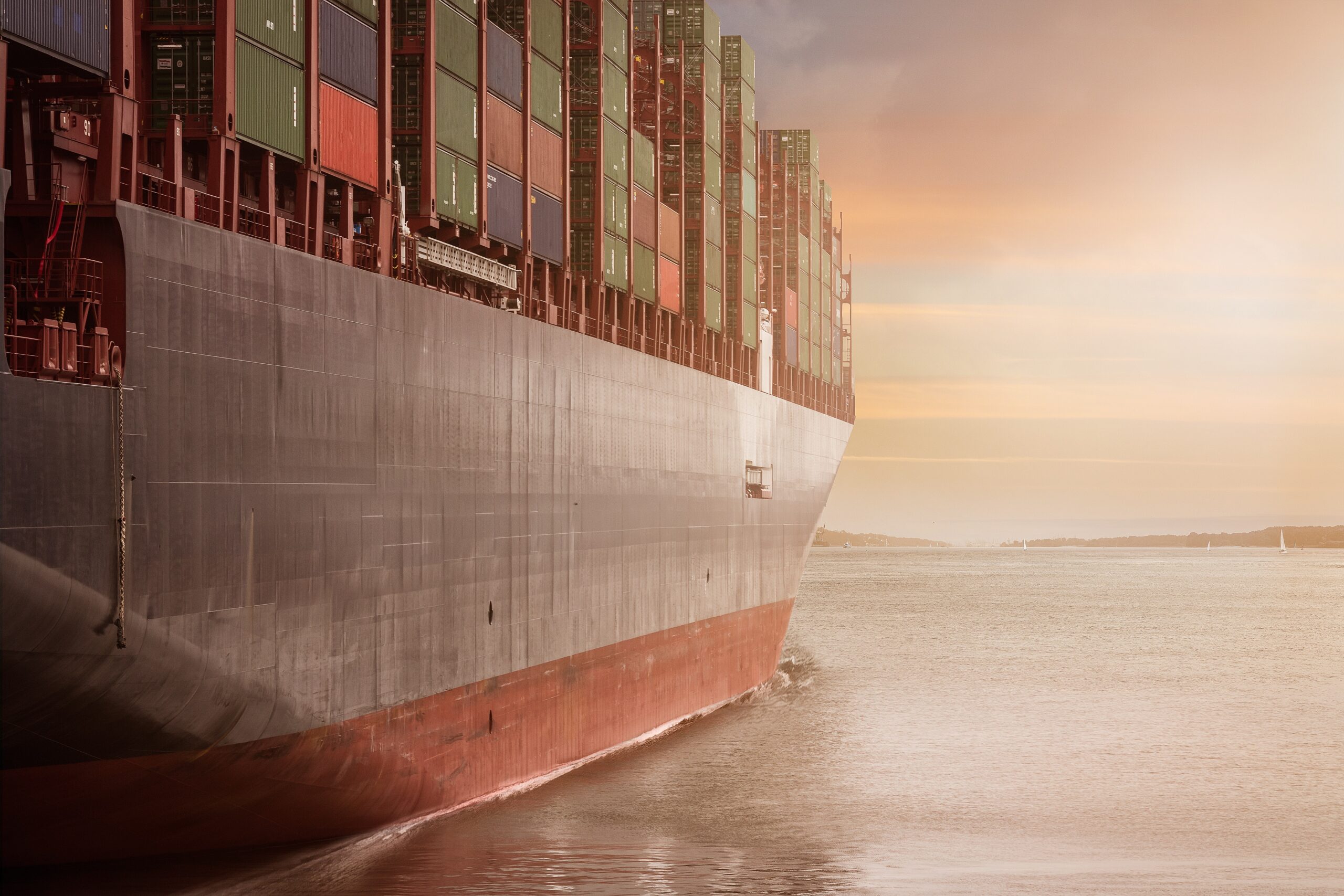You won’t Believe How the Chinese Lockdowns will Affect your Shipping Plans
The pandemic isn’t over. While life may be getting back to normal for many consumers, workers, and employers, supply chains are still being affected by COVID outbreaks around the world. Each country, company, and region has their own way of dealing with outbreaks. China is holding strong to their COVID-zero ambitions and it could have dire consequences beyond Chinese borders.
China Under Lockdown
China’s continued ‘COVID-zero’ approach has led to over 373 million people under strict lockdown in cities that produce nearly 40% of China’s gross domestic product. The harsh lockdowns have left residents desperate for food and a slew of viral videos of Shanghai residents screaming from their high-rise apartment windows.
These lockdowns don’t just hit the Chinese residents, they could possibly take down global supply chains.
The US imported roughly $435 billion worth of goods from China, and exported another $125 billion to the country in 2020 alone. The issue isn’t so much that current output from Chinese ports is lower than usual, it’s when the lockdowns end.

“It’s Probably Be Worse Than Wuhan”
The world’s largest port, The Port of Shanghai, has largely remained open but due to strict COVID and travel permit regulations, trucks are struggling to unload cargo. If the trucks cannot pick up, load and return containers, orders are essentially stuck in the factories. Shipping containers are being stacked higher and higher, leading to further port congestion.
When the Chinese lockdowns end/ease up, there will be an overwhelming movement of goods that could cripple supply chains. Jon Monroe of Jon Monroe Consulting, said “It’s probably worse than Wuhan. You’re going to have a lot of pent-up orders.”
China Lockdown Hurts Europe
The widespread lockdowns in China are already being felt in Europe, forcing The European Union Chamber of Commerce in China to send a letter to the Chinese government, urging officials to revise their policies last week.
A flash survey conducted during the first week of April found roughly half of German companies’ logistics, warehousing, and supply-chain operations were “completely disrupted or severely impacted by the current COVID19 situation in China,” according to the German Chamber of Commerce in China.
And It’s Taking A Bite Out Of Apple
Half of Apple’s 200 top suppliers have facilities under lockdown in and around Shanghai, the latest hotspot of China’s COVID surge. These suppliers under lockdown range from makers of displays, printed circuit boards, thermal parts, batteries and acoustic components to major iPhone assembler Pegatron and iPad maker Compal Electronics.
98% of Apple’s spending on products’ materials, manufacturing and assembly is normally released every year as The Supplier List. Many of these suppliers serve other global tech giants, like: Google, Microsoft and Intel, and Chinese tech companies, like: Huawei, Xiaomi and Oppo
Chinese Government Action May Help
Aware of the consequences a prolonged lockdown could put China’s economic growth at risk, Vice Premier Liu instructed local governments not to block transportation for key logistics. Governments in Shanghai and Suzhou have since placed hundreds of key electronics, automotive and medical suppliers on a so-called White List to gradually resume some manufacturing and logistics activities. Phew!
What Can You Do?
You might not be a 3 TRILLION dollar company like Apple, but your supply chain will likely be affected by China’s COVID lockdowns. So what can you do to help minimize the damage?
Communicate with your freight forwarder.
Communication is the fundamental component in ensuring an efficient and productive working relationship with your freight forwarder.
Outlining expectations, establishing responsibilities and sharing information about past, current and future projects across both parties is the key to creating and sustaining a healthy, productive and transparent working relationship. Forecasting has become an essential component in any successful supply chain. Communication and creative solutions are what we at CargoTrans excel at.
Peak Season 2022
There is concern on how long China’s lockdowns will continue, and further delays on imports. While US ports aren’t as overwhelmed as they were a year ago, they are still moving near-record volumes of cargo, according to a Global Port Tracker April 7 report.
Most maket indications are for strong transpacific volumes in the coming months, including increased summer demand as importers try to get ahead of peak season congestion and possible labor disruptions on the West Coast.
Ocean carriers can expect container system inefficiencies to continue through the first half of 2023 as more medium-sized and even lower-volume ports become congested. One (hopeful?) sign to ease congestion and fewer freight rate increases is that consumer demand is beginning to wane as a result of inflation.
Be Your Own Weatherman/Weatherwoman/Weatherbeyond the binary
Of course CargoTrans is here to help. Obvi.
To survive the crunch of Peak Season 2022, you’re going to need to forecast your supply needs for the coming months, well in advance.
Forecasting your shipments may not immediately spring to mind as the most crucial part of your cargo’s journey. You may have gone ahead and booked your vessel space for future shipment but without good forecasting, you could be left with cargo and no vessel to put it on. Accurate forecasting is actually a lot more influential than it may seem.
Whether you’re looking to find work-arounds for delays, complications, or headaches due to China’s latest COVID lockdowns or getting ahead of peak season/pre-peak season/never-ending peak season, the skilled and experienced team at CargoTrans can help you navigate at and avoid the storm.
All you need to do is reach out and contact us.
— Shipping Magnate






